Best Top 10 Tips For Cockatiel Training
Introduction
Among the most popular pet birds are cockatiels, who are renowned for their pleasant attitudes and capacity to pick up new skills and commands. Tips for cockatiel training can be an exciting experience that strengthens the bond between you and your bird friend.
In this blog post, we’ll explore top 10 tips for cockatiel training to help you raise a well-behaved and happy bird. These tips for cockatiel training can put you on the correct track whether you’re a first-time owner or trying to improve your training experience.
1. Trust Building Tip
Before diving into specific tips for training cockatiels, it’s critical to establish trust with your pet. A cockatiel that trusts you is more likely to respond well to training. Spend time near their cage, speaking to them in a gentle voice and offering snacks from your hand.
This allows the cockatiel to link you with good events, which is the first step in any successful training program.
2. 10 Tips For Cockatiel Training, Apply Positive Reinforcement Tips
Positive reinforcement is an essential cockatiel training strategy. This entails rewarding your cockatiel for engaging in the desired activity, which encourages them to repeat it. For example, while teaching the “step-up” command, give your cockatiel a treat as soon as it steps onto your finger.
Over time, your bird will learn to associate the command with the reward, making them more likely to comply.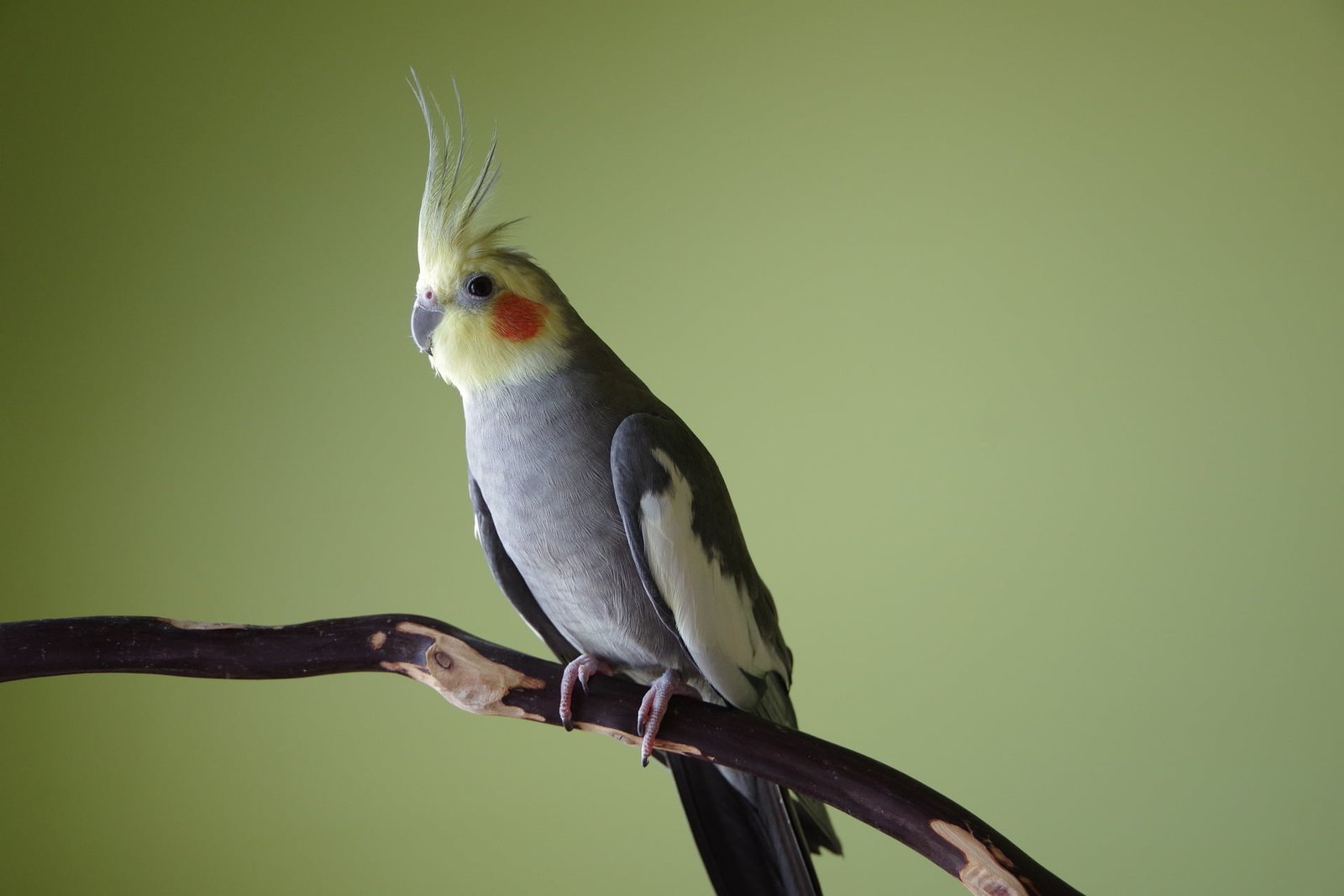
3. Teaching Step-Up Instructions For Cockatiel
One of the most essential lessons to teach your cockatiel early on is the instruction to “step-up.” For handling and bonding purposes, this order requires your bird to step onto your hand or finger. Say “step up” in a gentle voice while putting your finger close to your cockatiel’s chest to teach it this command.
As soon as your cockatiel lands on your finger, give them a treat and some affection. It’s important to practice commands frequently, so do so.
4. Provide the Fundamental Methods for Training Cockatiel
You can go on to more complex cockatiel training advice, including teaching fundamental tricks, once your pet has mastered the “step-up” command.
Simple tricks like waving, spinning, or nodding can be taught using the same positive reinforcement techniques. Start with small, manageable steps and gradually increase the difficulty as your cockatiel becomes more comfortable with the training Process.
5. Deal With Behavioral Issues Of Cockatiel
Without addressing potential behavioral difficulties, no list of cockatiel training suggestions would be complete. Appropriate training can help reduce common issues such as biting, screaming, and feather plucking. Don’t respond angrily, for example, if your cockatiel bites. Rather, put them back into their cage gently and give them no attention for a short while.
Your bird will learn from this that biting will not gain them the attention they want. When it comes to behavioral training, always be persistent and patient.
6. Socialization is Essential in Cockatiel Training
A successful cockatiel training program must include socialization. Social birds, cockatiels get their energy from interacting with their owners. Make sure your bird gets lots of opportunity to connect with you and explore its surroundings outside of its cage.
This not only strengthens your bond but also makes future training sessions more effective. As with all cockatiel training tips, consistency is crucial—make socialization a daily routine.
7. Incorporate Play into Training
Play is a great method to keep your cockatiel happy and interested while reinforcing training tips. Toys and games can be a fun and interactive method to teach your cockatiel new skills. For instance, you may incorporate playtime into more difficult routines or utilize your dog’s favorite toy as a reward during training sessions. This method guarantees your cockatiel will always be motivated and ready to learn.
8. Read the Body Language of Your Cockatiel
One of the most subtle cockatiel training tips is to read your bird’s body language, but it’s important for successful training. You may better adapt your training sessions to your bird’s mood by being aware of whether they are anxious, joyful, or relaxed. A cockatiel’s high crest, for example, typically denotes alertness or excitement, but a flattened crest would suggest dread. You can make sure your bird always has a good time during training sessions by being aware of these indications.
9. Have Consistency and Be Patient While Training Cockatiel
Cockatiel training requires persistence and patience. One of the most important things to remember when training cockatiels is to be persistent in your efforts. Daily practice of commands, brief and pleasant sessions, and always endings on a positive note are all recommended. Keep in mind that every bird learns differently, so exercise patience and acknowledge your tiny progress.
10. Establish a Relaxing Training Environment
Creating a pleasant training setting is the final and most straightforward cockatiel training tip. Make sure there are no distractions in your training area, including other dogs or loud noises. Your cockatiel can concentrate better during training sessions in a calm, comfortable environment.
Conclusion
Following these cockatiel training techniques will help you raise a well-behaved and happy bird. Remember that trust, positive reinforcement, and patience are all essential components of effective training. With patience and effort, your cockatiel will learn new instructions and tricks, and you will form a deep, satisfying friendship with your bird friend.
Happy training!
If you found these top tips for cockatiel training useful and helpful, please share your feedback in the comments section. We’d love to hear about your training achievements and any problems you’ve faced!
References
Taming and Training Cockatiels: What You Need To Know


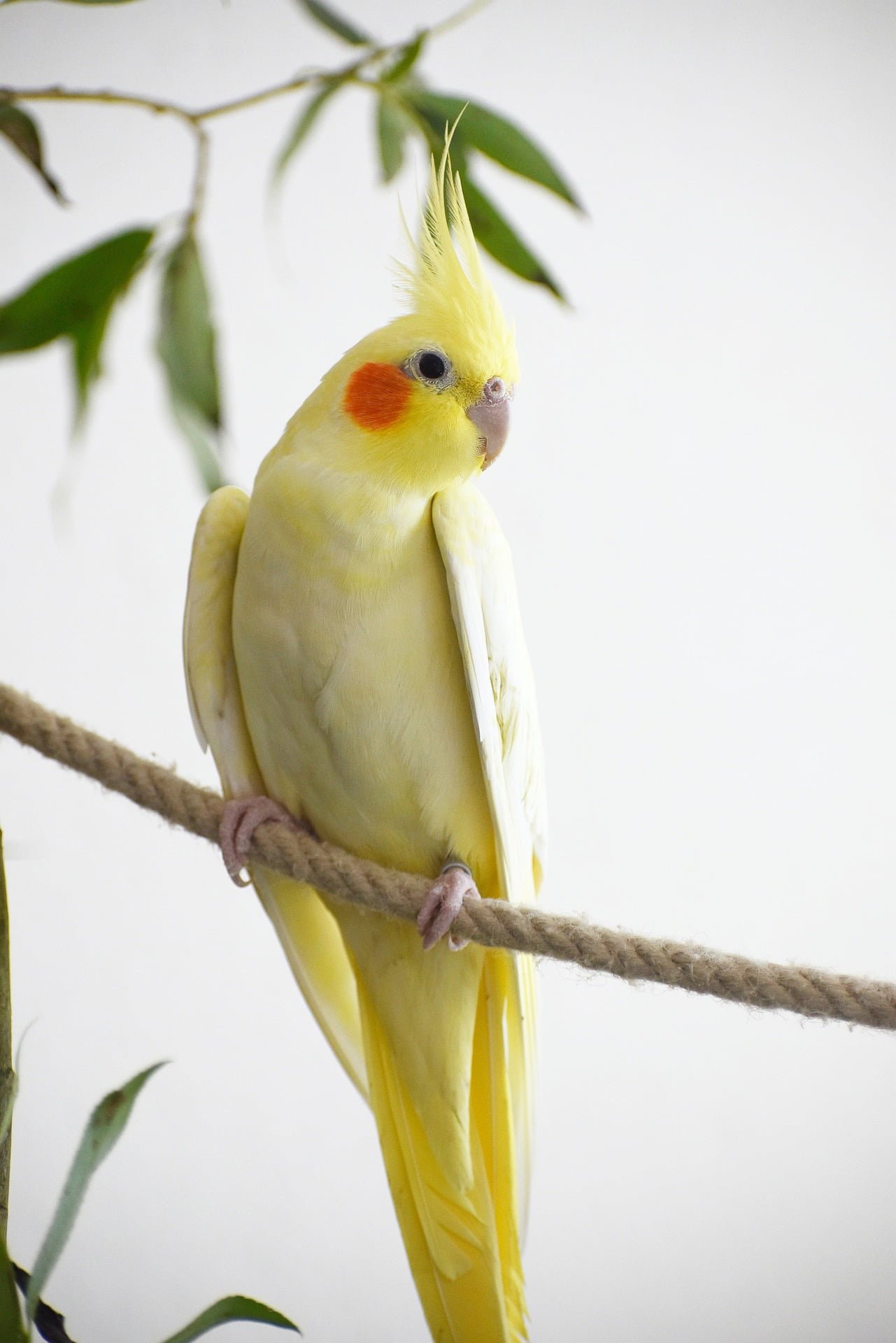

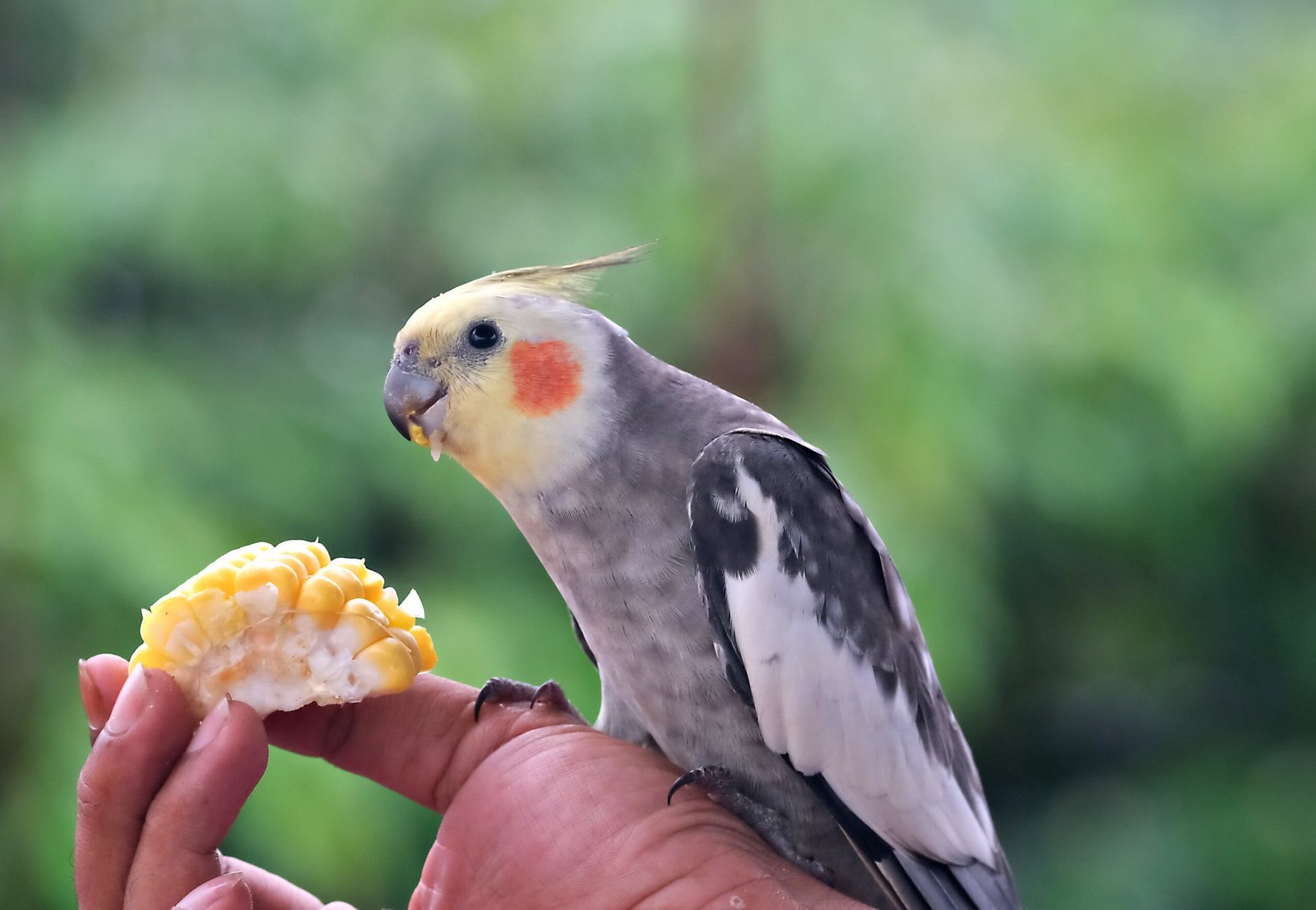
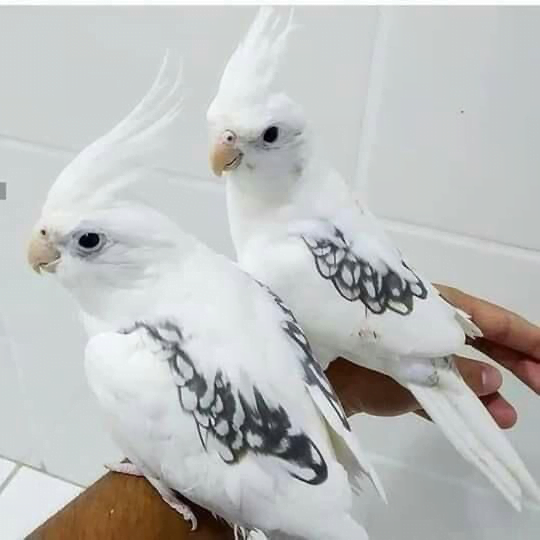
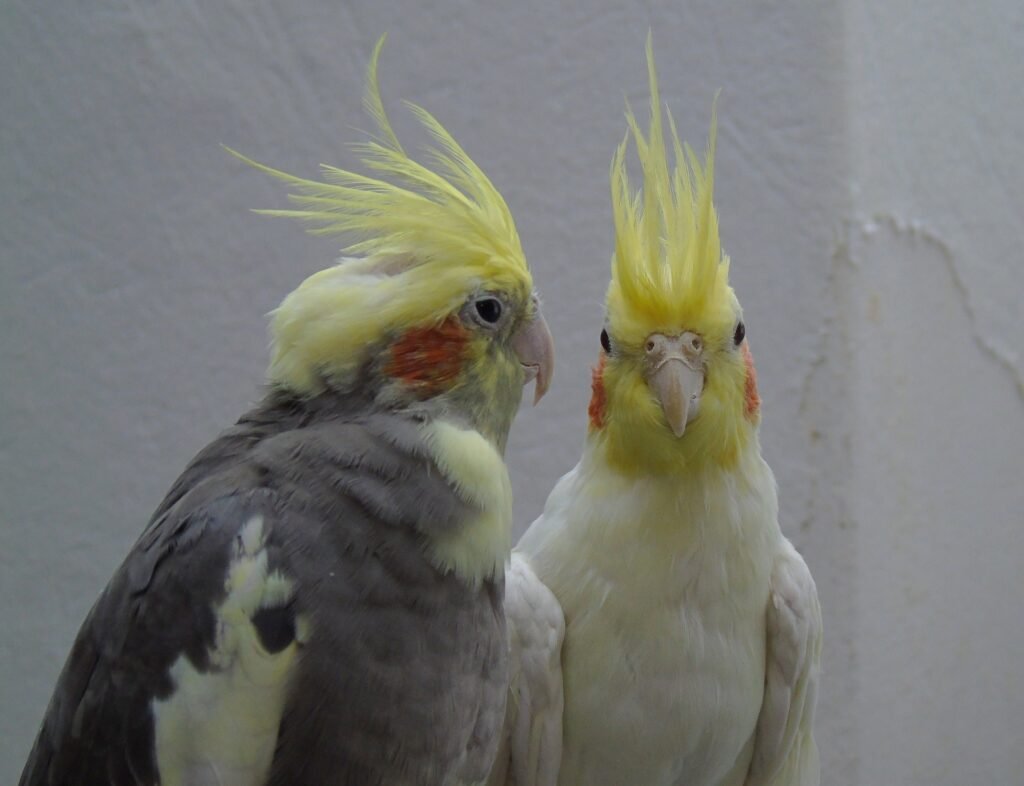
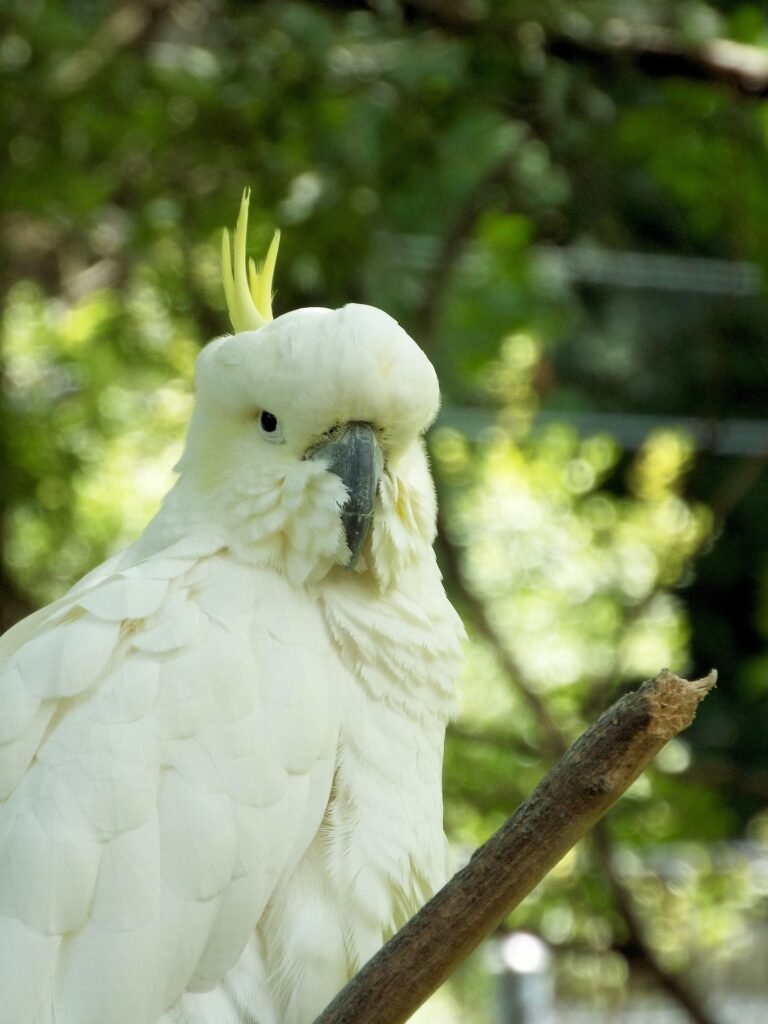
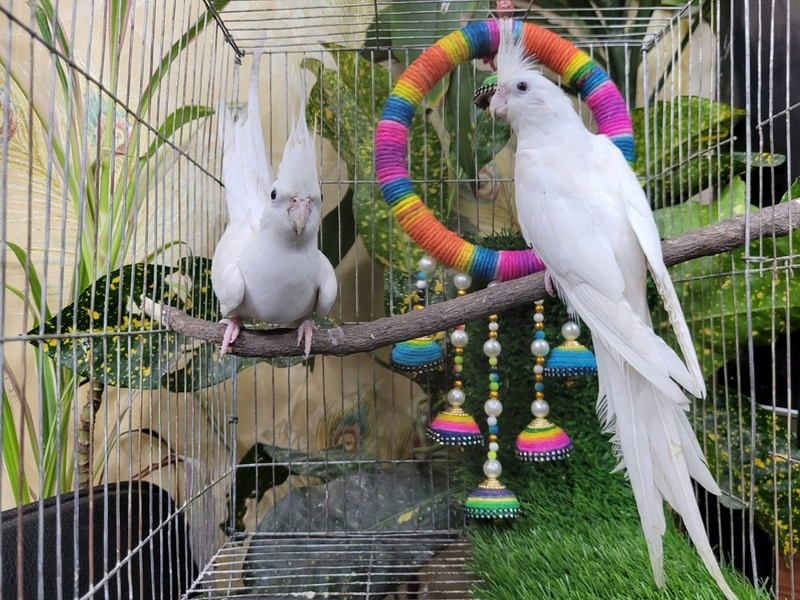
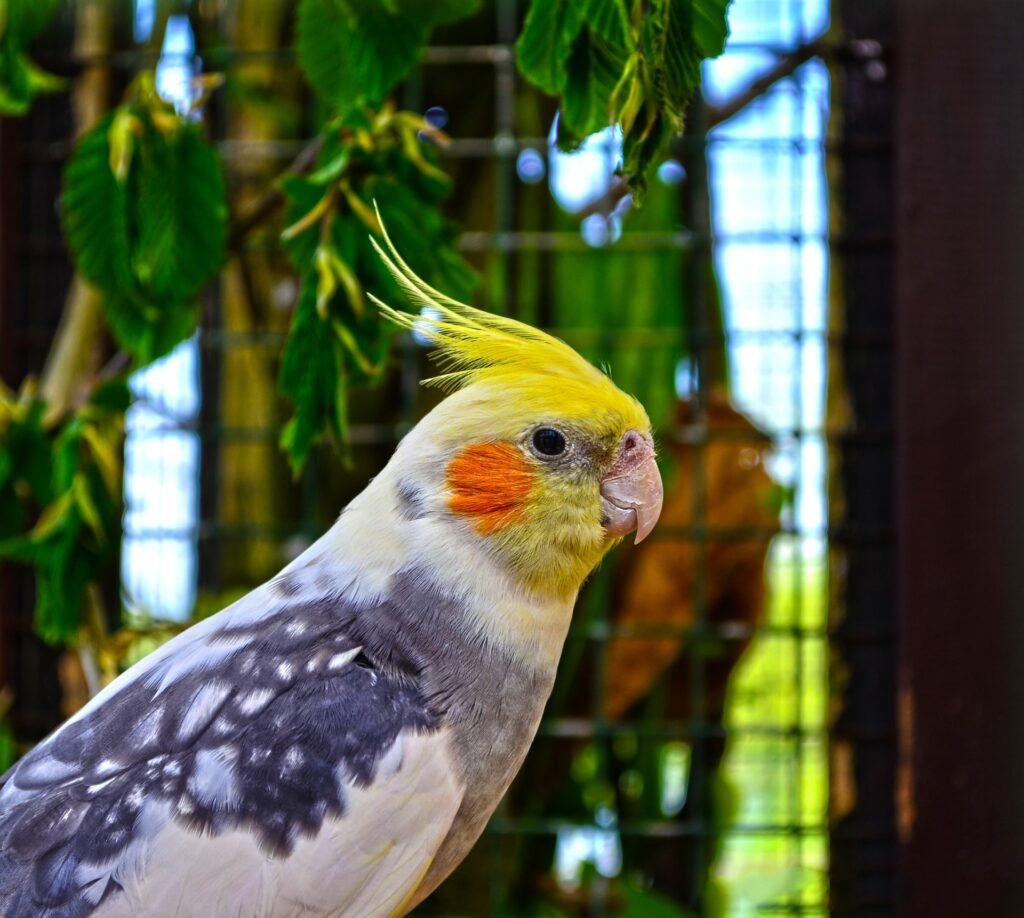
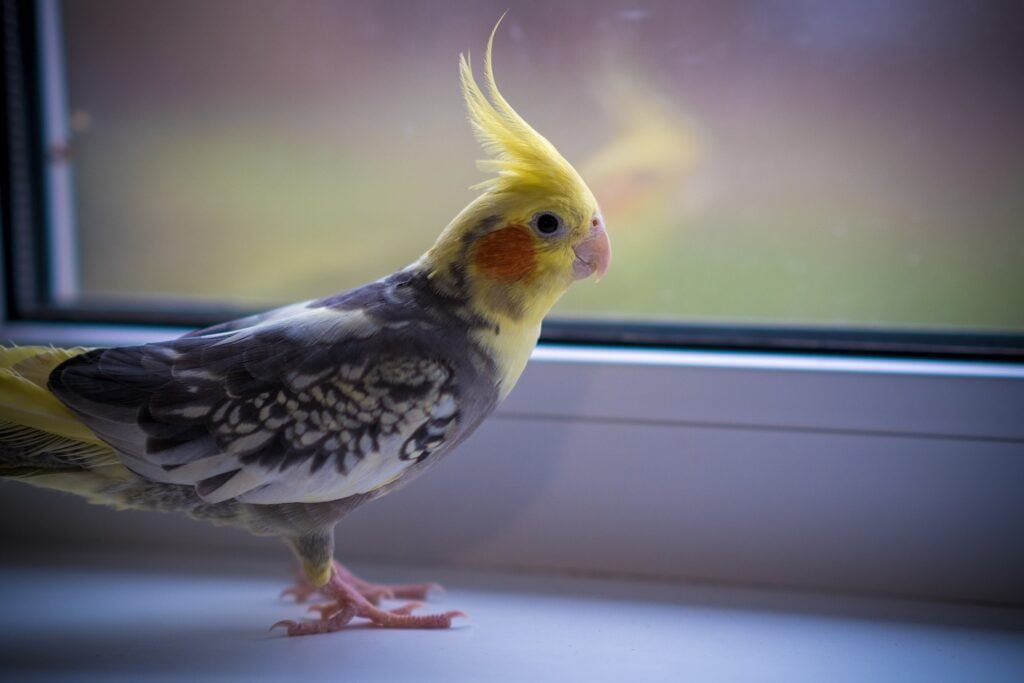
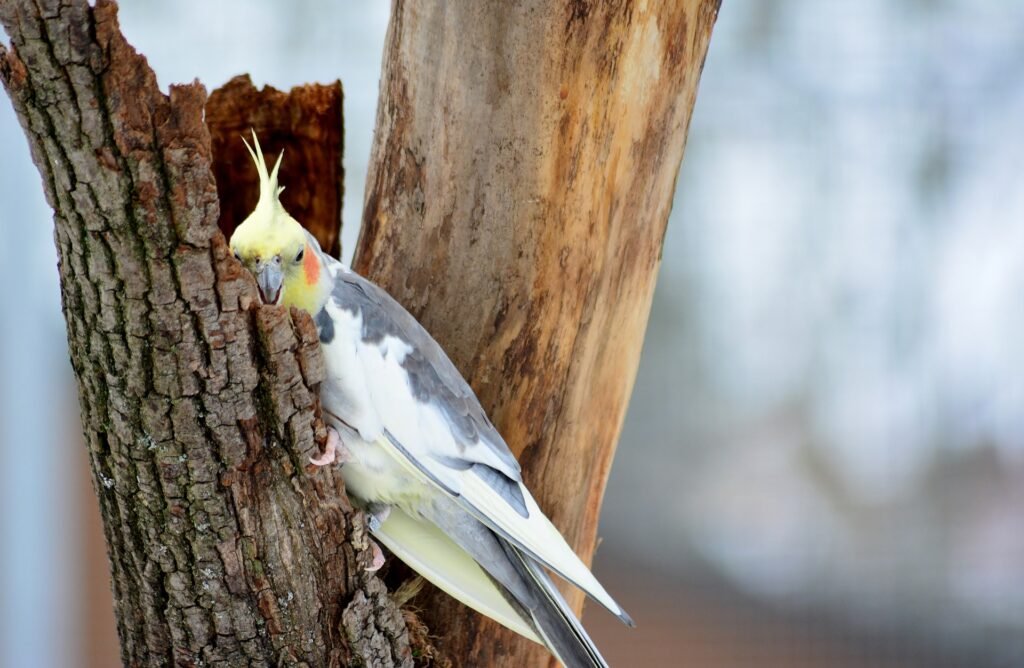


Pingback: Top 3 Budgies As Pets For Kids | Best Breeds And Care Tips | PETS LOVER BLOG